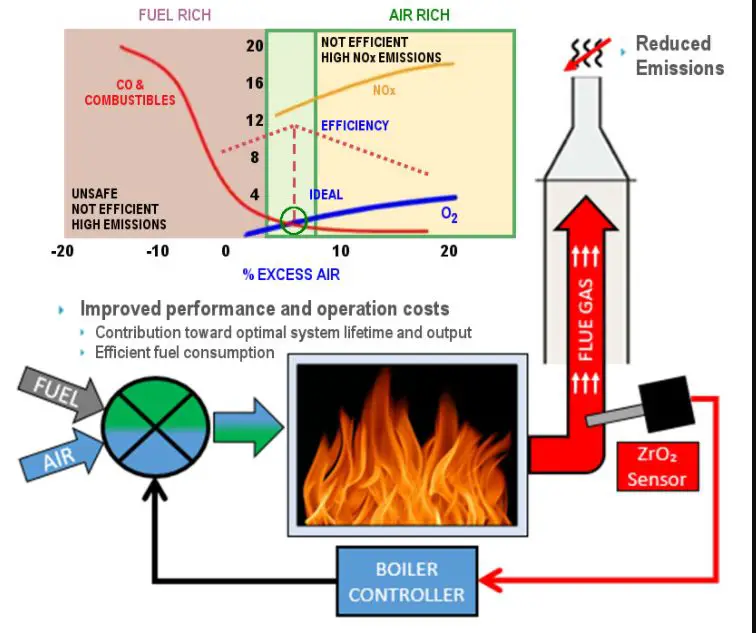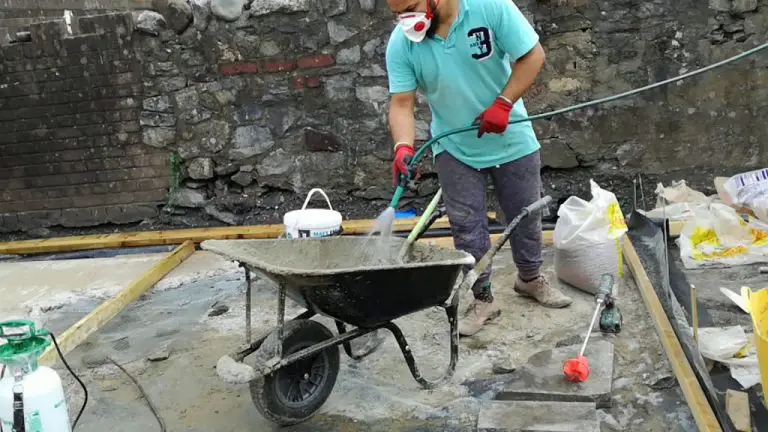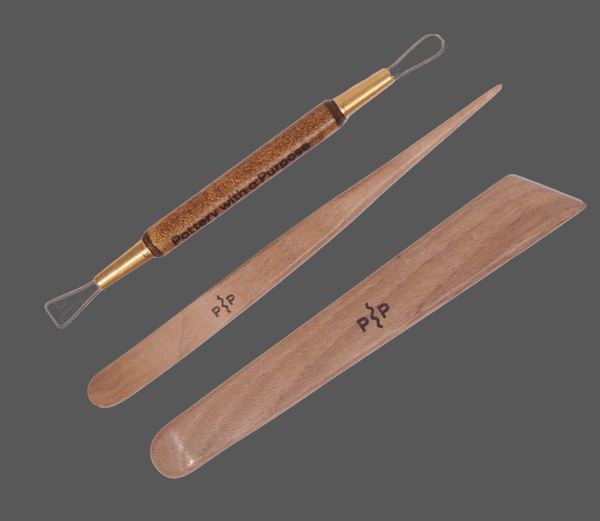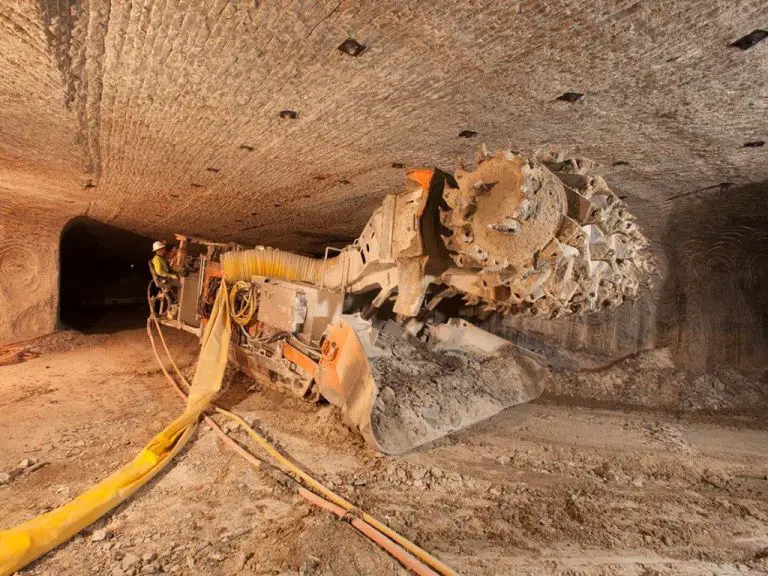What Are Paragon Kilns Used For?
Paragon Industries LP, founded as a family company in 1948, is the leading manufacturer of electric kilns and furnaces based in Mesquite, Texas (About Us | Paragon Industries LP). They produce a wide range of kilns for ceramic firing, glass fusing, heat treating, and jewelry work. Paragon kilns are known for their durability, precision, and innovation in kiln design and technology.
The main applications for Paragon kilns include firing ceramics like pottery, bisque, and glazes, fusing and slumping glass, annealing and heat treating metals, and firing enamels or powders onto metal. Paragon offers different kiln models optimized for each of these uses, from small hobby kilns to large production kilns. They manufacture both electric and gas-fired kilns (About Us — ParagonKilns.com).
Some of Paragon’s most popular kiln lines include the Front-Loading kilns optimized for ceramics, the Fusion Series for glass fusing and slumping, and the Jewelry Series for enameling, powder coating, and heat treating precious metals.
Kiln Construction
Paragon kilns are constructed using high grade insulation brick designed to withstand repeated heating and cooling cycles. The standard brick used in most Paragon kilns is 2 1/2” thick [1]. This thickness provides excellent insulation to hold in heat and allow the kiln to cool slowly after firing.
The brick walls are held together with a steel channel frame and high temperature mortar. The lid is also made of 2 1/2” thick firebrick for even heat distribution [1]. Paragon uses either cast ceramic or cordierite kiln shelves depending on the model. These shelves withstand thermal shock well.
Most Paragon kilns use enameled steel jackets on the exterior for durability and ease of cleaning. The heating elements are typically made of Kanthal A1 wire, an iron-chromium-aluminum alloy designed for high temp industrial furnaces [2]. These elements can last many years with proper maintenance.
Modern Paragon kilns include electronic digital controllers with programs for different firing techniques. This allows precision control over the heating and cooling process.
[1] https://www.paragonkilns.com/products/tnf-82
[2] https://kanthal.com/en/products/material-datasheets/strip/kanthal-a-1/
Temperature Capabilities
Paragon kilns are capable of reaching a wide range of temperatures depending on the model and specifications. Most Paragon kilns can reach minimum temperatures around 100°F for drying and low-temperature processes. On the high end, top-line Paragon kilns can reach temperatures up to 2,700°F or 1,482°C, suitable for high-fire ceramics and porcelain (https://corp.paragonweb.com/support/how-to-choose-a-kiln/).
The key factors that determine the temperature range of a Paragon kiln are the wiring and heating elements. Most Paragon kilns run on 240V household current, while industrial models may use 208V or 480V. The heating elements are made of Kanthal A1 or MoSi2 , allowing for high heat capacity. By using multiple heating zones and control boards, temperatures can be finely tuned across a wide range (https://kilnfrog.com/blogs/frogblog/kiln-temperature-ranges).
For reference, some common Paragon kiln temperature capabilities include:
- Up to 1100°F for low-fire clay and enameling
- 1100-2200°F for mid-range stoneware and ceramics
- 2200-2700°F for high-fire porcelain and dense stoneware
With precise digital controls, Paragon kilns allow firing a huge variety of clays, glazes, and materials. Careful programming enables gradually ramping up and down temperatures for the best results.
Electric vs Gas Kilns

Paragon offers both electric and gas-fired kilns for potters and ceramic artists. Electric kilns use heating elements that get red hot when electricity runs through them. Gas kilns use natural gas or propane to produce a flame inside the firing chamber. Both types have advantages and disadvantages to consider.
Electric kilns heat up more quickly and evenly than gas-fired ones. The temperature is precisely controlled by the kiln’s control panel. Electric kilns are simpler in design with fewer moving parts. They don’t require a fuel line or ventilation. However, they rely on a consistent electrical supply, which can be interrupted by outages. Electric kilns also tend to be more expensive to operate long-term due to electricity costs.
Gas kilns allow for more atmospheric effects like reduction firing. The open flame provides even heat distribution. Gas is generally a cheaper fuel source than electricity. Gas-fired kilns also recover temperature faster after the lid is opened. On the downside, gas kilns heat up slower, ventilation is required, and the process involves a potential fire hazard. Regular maintenance is needed on the burners and pilot lights.
When choosing between electric and gas, potters should consider their available power supply, firing goals, safety concerns, operating costs, and maintenance abilities. Both types are capable of producing high-fired ceramic pieces when used properly.
Common Uses
Paragon kilns are used for a wide variety of applications including:
Pottery – From bisque firing greenware to glaze firing finished pieces, Paragon kilns like the EQ-Series are ideal for firing clay and ceramics. The even heating and precise temperature control allows potters to achieve consistent results.
Glasswork – Paragon kilns can be used for fusing, slumping, and casting glass. Kilns like the Caldera and Infiniti Pro are designed to hold multiple shelves for small projects or larger platters and bowls. The digital controls allow glass artists to program precise heating and cooling cycles.
Jewelry – Many jewelers use Paragon kilns for sintering precious metal clays like PMC and Art Clay Silver or enameling copper jewelry. Small front-loading kilns like the SC-2 rapidly fire silver clay items. Jewelers can also anneal and harden metals using a Paragon kiln.
Knifemaking – High temperatures are needed for heat treating and tempering knife blades. Paragon’s front-loading HT Series kilns can quickly reach 2300°F to harden and strengthen steel. The strong brick insulation ensures even heating.
Other ceramics – In addition to pottery, Paragon kilns are also used for firing ceramic sculpture, tiles, porcelain dolls, china painting, and more. The variety of shapes and sizes accommodates many different ceramic projects.
Firing Techniques
Paragon kilns allow for a variety of firing techniques to achieve different effects on ceramic ware. Some common firing techniques used with Paragon kilns include:
Raku Firing – A type of low-fire process where ware is removed from the kiln at peak temperature and allowed to cool quickly. This produces iridescent metallic effects on the surface. Raku kilns like the Paragon GL2427G are designed for this rapid firing cycle. (https://paragonweb.com/wp-content/uploads/IM104-Paragon-Ceramic-Kilns-April20181.pdf)
Reduction Firing – The kiln atmosphere is starved of oxygen at peak temperature using various methods. This atmosphere draws out colors and effects in certain glazes that would not occur in an oxidizing atmosphere. Paragon kilns can be modified with vent systems for reduction firing. (https://www.youtube.com/watch?v=KmlyL8DOhHo)
Salt Firing – Salt is introduced during the firing which produces a distinctive orange peel-like texture on ware surfaces. The Paragon Fuego and eSeries kilns work well for salt firing techniques.
Multiple Firing Techniques – Some techniques require firing ware multiple times, such as a bisque fire followed by a glaze fire. The programmable Paragon kilns allow you to create custom firing profiles for multi-step firings.
Other specialty firing techniques are also possible with Paragon kilns, such as sagger firing, vapor firing, and others to achieve a wide range of ceramic effects.
Safety Features
Paragon kilns are designed with several built-in safety mechanisms and protocols to ensure safe operation. According to Paragon’s safety guidelines (https://corp.paragonweb.com/faqs/what-basic-safety-guidelines-do-you-recommend/), some key safety features include:
Fire-rated construction – Kiln walls and floor are made of firebrick, which can withstand high temperatures. The outer metal casing stays cool to the touch.
Automatic shut-off – Paragon kilns have a control that will shut off power if the internal temperature exceeds a safe limit. This prevents overfiring.
Locking lid – Models like the TNF-82 have a positive-catch lid that locks closed during firing. This prevents accidental opening and exposure to extreme heat (https://www.paragonkilns.com/products/tnf-82).
Safety latches – Some kilns like the CS-14D have gravity-operated latches on the sides for extra security (https://www.paragonkilns.com/products/cs-14d).
Protected wiring – Internal wires are high-temperature rated and protected from heat damage. This reduces risk of shorts or shocks.
Proper ventilation – Paragon provides guidelines for installing kilns with adequate ventilation to avoid buildup of fumes.
With their durable construction and built-in safety mechanisms, Paragon kilns allow ceramic artists to focus on their craft while avoiding potential hazards.
Maintenance
Proper maintenance is key to ensuring your Paragon kiln continues firing properly for years to come. According to the Paragon Ceramic Kiln Instruction & Service Manual, it’s recommended to keep the kiln clean by brushing out any dust and debris after each firing with a soft bristle brush (Paragonweb.com). The brick insulation and elements should also be checked periodically for any damage or deterioration.
The manual suggests applying a light coat of kiln wash to the floor, walls and lid if needed to prevent glazes from sticking. Any broken bricks in the lining should be replaced to maintain the integrity of the insulation. Heating elements may also need replacing after repeated long-term use. Consult the product manual or contact Paragon customer service for advice on when and how to replace elements (Corp.paragonweb.com).
In addition to these maintenance tasks, the manual recommends doing an empty “bake out” firing on a regular basis to burn out any glaze splatter and debris. Be sure to follow all instructions for proper ventilation and safety precautions. With proper care and maintenance, Paragon kilns are built to provide years of flawless firing performance.
Cost Considerations
Purchasing a Paragon kiln represents a significant investment for any potter or ceramic artist. Prices vary greatly depending on the model, size, and features included. Electric kilns like the Paragon GL2427 start around $2,000, while large gas-fired kilns can cost over $10,000.
Ongoing operating costs should also factor into your buying decision. Electric kilns are generally less expensive to run than gas-fired ones. Estimate around 10-20 cents per kilowatt hour for electricity, plus the cost of any ventilation needed. Gas kilns require a fuel source like propane or natural gas, which can vary in price based on your location and market conditions. Proper ventilation is critical with gas kilns and may require installation of vent stacks or hoods.
Maintenance costs include periodic replacement of elements, thermocouples, and kiln furniture. While all kilns require some level of maintenance, Paragon’s quality construction generally results in lower long-term maintenance costs compared to bargain brands. Investing in a Paragon kiln means paying more upfront, but saving on operating and maintenance expenses over time.
Conclusion
In summary, Paragon kilns offer a range of benefits that make them a top choice for ceramic artists, hobbyists, and commercial studios. Some of the key advantages of Paragon kilns include:
- Precise temperature control thanks to advanced digital controllers and high-quality elements
- A wide range of size options from small hobby kilns to large industrial models
- Durable and long-lasting construction with high grade insulation for efficiency
- Safety features like lid props, automatic shut off, and vents
- Ease of use with user-friendly digital controllers
- Ability to fire various clays and glazes across a wide temperature range
When selecting a new kiln, it’s important to consider your specific needs in terms of capacity, temperature requirements, features, and budget. Consulting with experienced ceramic artists and reading Paragon kiln reviews can provide valuable insight into choosing the right model. With proper care and maintenance, a Paragon kiln can provide many years of reliable service for all your firing needs.




